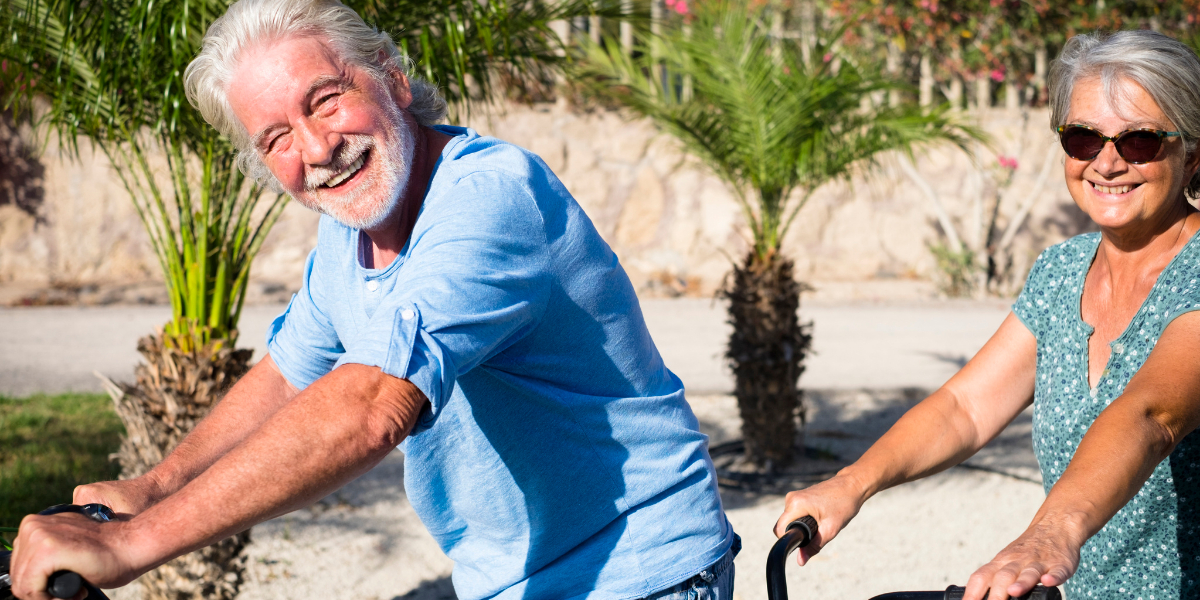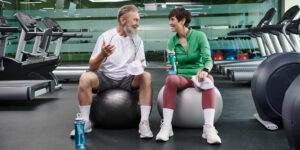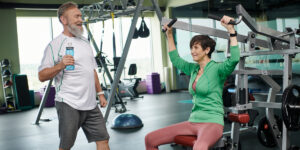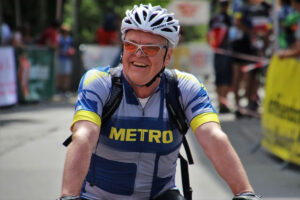Physical Activity in Your 60s and Beyond – Maintaining Vitality and Independence
Understanding the Benefits of Physical Activity for Older Adults
Regular physical activity offers numerous advantages for adults in their 60s and beyond. It enhances overall health, improves mood, and helps maintain independence.
Essential Aspects of Fitness in Your 60s and Beyond
Cardiovascular health is crucial for seniors. Regular aerobic exercises like brisk walking, swimming, or cycling strengthen the heart and lungs. Strength training helps maintain muscle mass and bone density, reducing the risk of falls and fractures.
Balance exercises are vital for preventing accidents. Yoga or tai chi can improve stability and coordination. Flexibility work, such as stretching, maintains range of motion and reduces joint stiffness.
Seniors should aim for 150 minutes of moderate-intensity exercise per week. This can be broken into shorter sessions to accommodate individual needs and abilities.
Mental and Emotional Health Advantages
Physical activity boosts mood and cognitive function in older adults. Exercise releases endorphins, which can alleviate symptoms of depression and anxiety.
Regular workouts improve sleep quality, leading to better overall mental health. Social aspects of group exercise classes or sports can combat feelings of isolation common among seniors.
Physical activity enhances memory and cognitive skills. It increases blood flow to the brain, promoting the growth of new neural connections. This may help reduce the risk of dementia and Alzheimer’s disease.
Physical Health Improvements
Exercise helps manage chronic conditions common in older adults. It can lower blood pressure, reduce the risk of heart disease, and improve blood sugar control in diabetes.
Physical activity strengthens bones and muscles, reducing the impact of osteoarthritis and osteoporosis. It improves posture and balance, decreasing the likelihood of falls.
Regular exercise boosts the immune system, helping seniors fight off infections. It can also aid in weight management by increasing metabolism and reducing body fat.
Physical activity improves digestive health and can help alleviate constipation, a common issue among older adults.
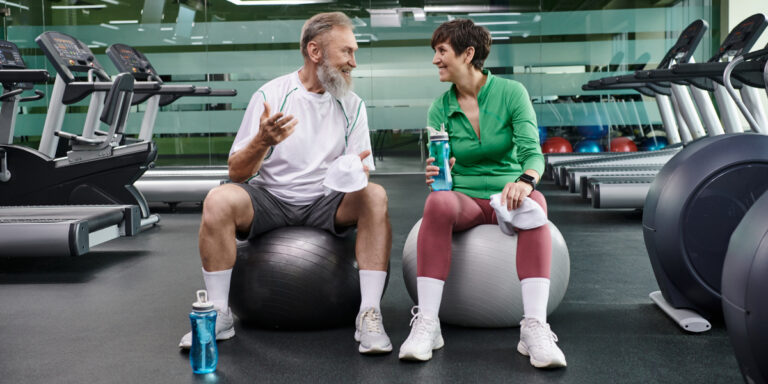
Developing a Safe and Effective Exercise Routine
A balanced exercise plan is crucial for maintaining health and vitality in your 60s and beyond. A well-designed routine combines different types of physical activity to promote overall fitness and reduce the risk of injury.
Incorporating Diverse Exercise Forms
A comprehensive exercise routine should include a variety of activities. Strength training helps maintain muscle mass and bone density. This can involve using weights, resistance bands, or bodyweight exercises. Flexibility exercises like yoga or stretching improve the range of motion and reduce stiffness.
Aerobic activities such as walking, swimming, or cycling boost cardiovascular health. Water-based exercises are particularly beneficial for those with joint issues. Mixing up activities keeps the routine exciting and works for different muscle groups.
Consider joining fitness classes designed for older adults. These can provide social interaction and expert guidance. Tai chi and gentle yoga classes offer low-impact options that improve balance and flexibility.
Building a Routine with Strength, Flexibility, and Aerobics
A balanced routine should include strength, flexibility, and aerobic exercise. Aim for at least 150 minutes of moderate-intensity aerobic activity per week. This can be broken into 30-minute sessions five days a week.
Include strength training exercises 2-3 times per week. Focus on major muscle groups using weights, resistance bands, or bodyweight exercises. Start with 1-2 sets of 8-12 repetitions for each exercise.
Dedicate time to flexibility exercises daily. Gentle stretching or yoga can improve mobility and reduce the risk of falls. Spend 5-10 minutes on flexibility exercises after each workout session.
Preventing Injuries and Listening to Your Body
Safety is paramount when exercising in your 60s and beyond. Always start with a proper warm-up to prepare muscles and joints for activity. This can include light walking or gentle stretching for 5-10 minutes.
Pay attention to your body’s signals. Mild soreness is normal, but sharp pain or discomfort indicates a need to stop or modify the exercise. Gradually increase the intensity and duration of workouts to avoid overexertion.
Consult a doctor before starting a new exercise program, especially if you have existing health conditions. A personal trainer experienced in working with older adults can help design a safe, effective routine tailored to individual needs and abilities.
Stay hydrated during exercise and allow for adequate recovery time between workouts. Proper rest is essential for muscle repair and overall health. Consider alternating between different activities to prevent overuse injuries and maintain interest in your fitness routine.
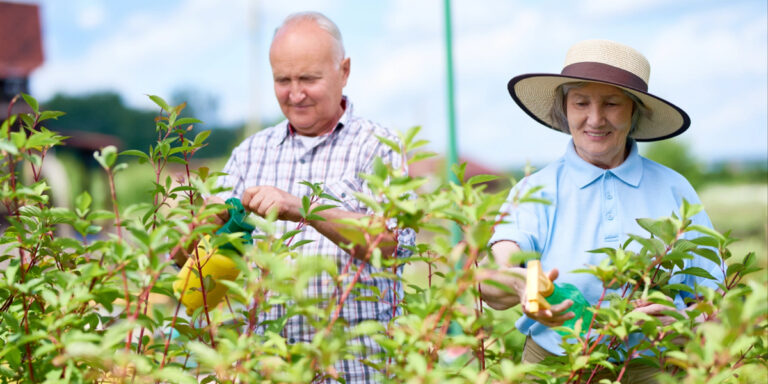
Lifestyle Considerations for Promoting Physical Activity
Regular physical activity is crucial for maintaining health and independence in your 60s and beyond. Adapting your lifestyle to include more movement can significantly improve your quality of life and reduce the risk of chronic diseases.
Incorporating Physical Activity into Daily Life
Walking is an excellent, low-impact exercise for older adults. Aim for 30 minutes of brisk walking most days of the week. Break it up into shorter sessions if needed. Take the stairs instead of elevators when possible.
Gardening combines physical activity with the joy of nurturing plants. It provides light cardio and strengthens muscles through digging, planting, and weeding. Housework, like vacuuming or mopping, also counts as movement.
Park farther from store entrances to add extra steps to your day. Consider a standing desk or treadmill desk to reduce sitting time during retirement. Small changes can lead to significant improvements in overall activity levels.
Adapting Activities for Aging Bodies
As we age, our bodies may require modifications to exercise routines. Low-impact activities like swimming or water aerobics are gentle on joints while providing excellent cardiovascular benefits.
Strength training is vital for maintaining muscle mass and bone density. Use resistance bands or light weights, starting with 2-3 weekly sessions. Focus on major muscle groups and gradually increase intensity.
Balance exercises help prevent falls. Try tai chi or yoga classes designed for seniors. These activities also improve flexibility and reduce stress. Always warm up before exercising and cool down afterward to prevent injury.
Social and Community Engagement Through Exercise
Group fitness classes offer motivation and social interaction. Many gyms and community centers provide senior-specific programs. Look for classes like chair yoga, senior Zumba, or low-impact aerobics.
Walking groups combine exercise with socializing. Join a local club or start one with neighbours. Having a walking partner increases accountability and makes the activity more enjoyable.
Volunteer for community garden projects or participate in charity walks. These activities provide physical benefits while fostering a sense of purpose and connection. Local senior centers often organize group outings that incorporate light exercise.

